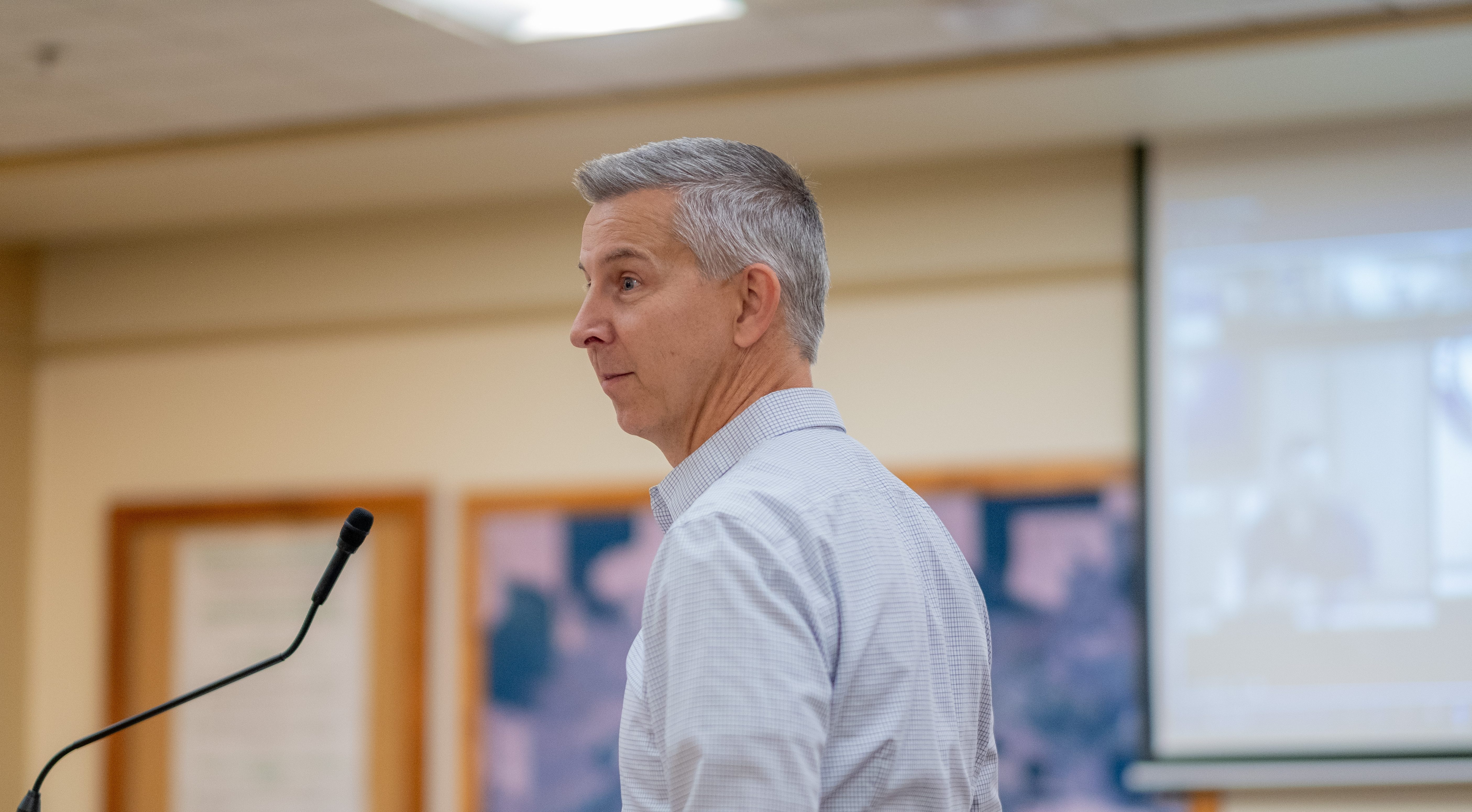Oregonians sour on legislative hope despite sweet economic news
Published 10:04 am Tuesday, February 22, 2022
It’s a paradox.
The state Legislature is awash in cash. Oregon’s COVID cases are among the lowest in the nation. And yet just 31% of Oregonians are optimistic that the short session of the Legislature underway now will make significant progress on the key issues facing Oregon.
Trending
That sour outlook, reflected in a survey of 1,400 Oregonians by the Oregon Values and Beliefs Center, is a flip from a decade ago, when just 31% of Oregonians were pessimistic about the Legislature’s ability to meet the challenges of the day — which by some measures were significantly tougher.
In early 2012, for example, the state’s unemployment rate was at 9.1% during a slow recovery from the Great Recession with about 180,000 people out of work.
In contrast, the state’s unemployment rate in December 2021 was 4.1%, down sharply from the peak of 13.2% at the onset of the coronavirus pandemic in April 2020. The number of Oregonians out of work at the start of this year was 89,000. Job gains of 107,000 in 2021 set a record. State economists say Oregon is on track to reach pre-pandemic employment levels — 54,000 jobs must be added — in the fall.
So why the pessimism amid fairly positive economic data?
Richard Clucas, a professor of political science at Portland State University and co-editor of two books about Oregon politics and government, said responses to a single question about optimism do not indicate much about the attitudes of Oregonians toward their state government. He said they are more likely influenced by other factors.
“The findings likely reflect the state of the times rather than an informed assessment about the Legislature and governor,” said Clucas, who also is executive director of the Western Political Science Association.
Trending
And, he points out, by some measures things are more grim than a decade ago.
“We weren’t in a pandemic or a recession 10 years ago, nor were we beginning to see signs of larger-than-normal inflation. Hyper-partisanship was already on the rise, but we hadn’t just gone through an attempt to overthrow an election. The climate has become a bigger issue and Black Lives Matter has moved inequities higher on to the political agenda. Given the depth of those problems, I can see why optimism is not particularly high.”
Contrasting eras
The political climate inside Oregon also is different.
Democrats have maintained control of the governorship — no Republican has been elected since Vic Atiyeh won a second term in 1982 — and majorities in both houses of the Oregon Legislature for the past decade. Since 2019 the majorities have been at least 60%, enough for Democrats to pass revenue-raising measures on their own.
Brian Clem, a Democrat from Salem who recently left the Oregon House after 15 years, notes that state government was more closely divided a decade ago.
The House was split between 30 Democrats and 30 Republicans for the first time in state history, and the Senate had 16 Democrats and 14 Republicans. The governor was John Kitzhaber, a Democrat who in 2010 won the closest race since 1956 to return for a record-setting third term. His margin of victory was 22,000 of 1.4 million votes cast.
Clem recalled that during the 2011 session Kitzhaber and lawmakers had agreed on how to balance the state budget, despite recession-restrained growth in tax collections and a loss of federal aid from two years earlier.
They also agreed on the framework for community coordinated-care organizations to deliver services to low-income Oregon Health Plan recipients — the 2012 short session filled in the details — and legislative and congressional redistricting plans that were not challenged in court. The parties even agreed on a series of education bills, although Democrats narrowed the scope of publicly funded charter schools years later.
“There were reasons for optimism back then,” Clem said.
In contrast, Republicans walked out to forestall the prospect of climate-change legislation in the 2019 and 2020 sessions and Democrats and Republicans clashed over legislative and congressional redistricting plans in a 2021 special session.
Compromise elusive
Despite their differences, lawmakers completed the 2021 session, potential protests held in check by each member getting a share of $240 million of federal funds for district projects. Another potential political dust-up was averted at the end of 2021, when Brown and leaders negotiated a compromise that gave Republicans money for drought relief and eradication of illegal cannabis grows, in addition to emergency rental assistance supported by both parties.
Still, despite this recent record of bipartisanship, many Oregonians are skeptical.
“The extreme partisan nature of Oregon politics right now prohibits a lot of the common-sense changes that the Legislature could be making,” wrote Caitlynn Knopp, a Republican from Linn County.
Tamara Marie Vogel, a Democrat from Multnomah County, agreed: “Both parties are inadequate in their attempts to find compromise and understand the needs and priorities of one another’s constituents.”
The call for finding middle ground was clear in the survey. More than twice as many participants (47% to 22%) gave priority for political leaders to compromise to get things done, over leaders sticking to their beliefs even if little is accomplished. These findings mirror a 2019 study, which came out 41% for compromise and 15% for sticking to beliefs.
Scope of session
Senate Majority Leader Rob Wagner says he hopes that the success of the 2021 special session is the model for what will happen in this year’s 35-day short session, which is due to wrap up March 7.
“There have definitely been some issues in past legislative sessions when we’ve had a lot of friction that has led to unfortunate walkouts and other problematic behavior,” the Democrat from Lake Oswego said on the session’s opening day. “But I don’t see issues here … where people are not going to be able to come together, have productive conversations and achieve consensus. I think you are going to see a lot of folks buying into these issues.”
Among those issues: Oregon’s workforce after the pandemic, including health care workers; child care and education needs; and inadequate and unaffordable housing.
Wagner said conflict between the parties often draws more attention than cooperation.
“It doesn’t play well that we focus on areas of friction,” he said. “But a lot of work gets done when people from both parties, from rural and urban Oregon, work together to try to find solutions.”
Senate Minority Leader Tim Knopp of Bend is one of three who have led Republicans in both chambers. (He was House majority leader in 2003, when Republicans controlled that chamber.) He said there is room for agreement on some priorities — such as workforce training grants and more aid for law enforcement — but he has criticized majority Democrats for stretching the scope of short sessions.
“This session is meant for technical changes, emergencies and budget items,” he said. “We would think there should be a straightforward reading of these, and there should be a bill that has those in there to start the session.”
Sen. James Manning Jr., a Democrat from Eugene, said most legislation is supported by bipartisan majorities. “But we understand the differences,” said Manning, whose district has both urban and rural residents.
“A lot of the bills that are successful in a short session are those where a lot of work has already gone into them,” said Sen. Michael Dembrow, D-Portland. “That work has been bipartisan.”









